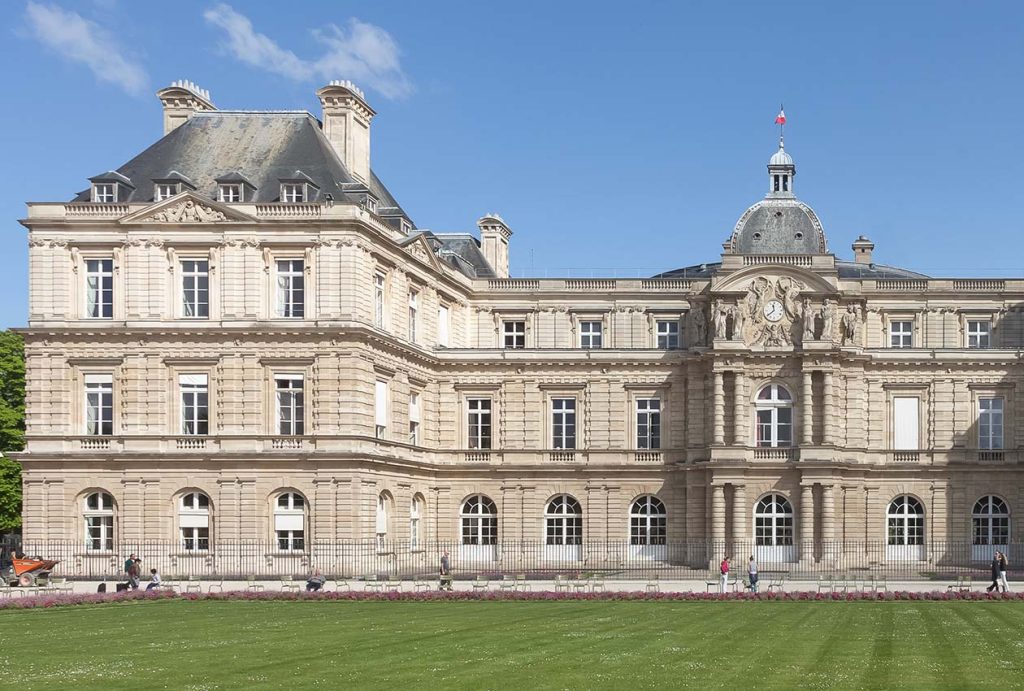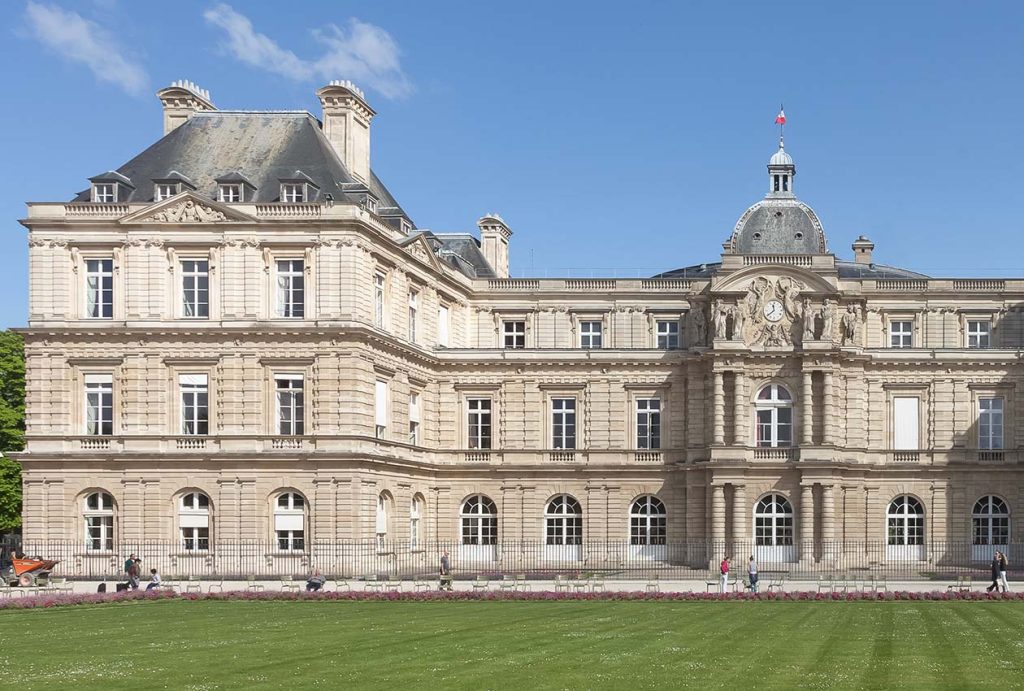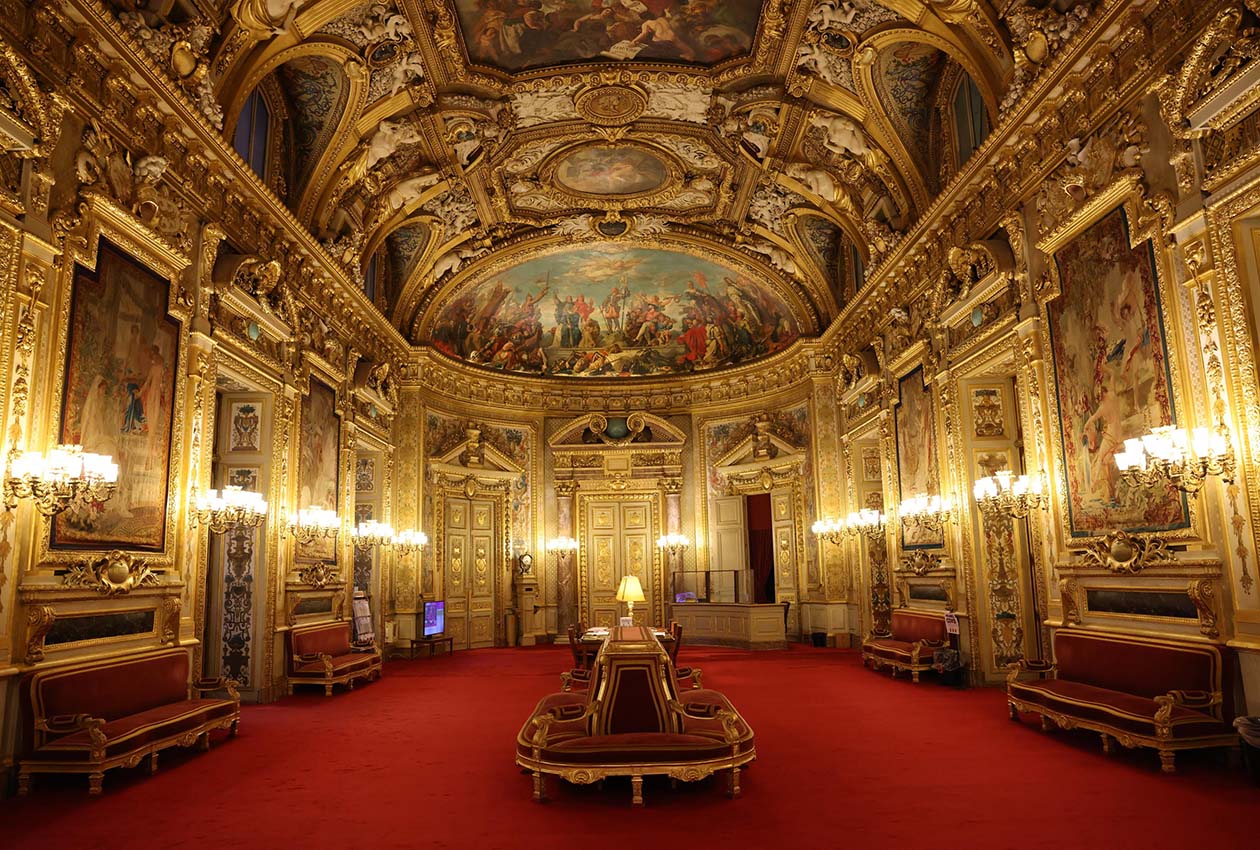I’ve had the privilege of exploring numerous enchanting destinations around the world, each with its own unique charm and allure. However, Paris has something truly magical that keeps drawing me back time and time again. This time, my journey led me to the captivating Luxembourg Gardens, where history, art, and nature seamlessly blend, creating a tranquil oasis in the heart of the bustling city. I’ll take you on a journey through the Luxembourg Gardens, sharing my personal experiences, insights, and the rich history that this extraordinary place holds.
A Parisian Escape
Paris, often referred to as the “City of Light,” is a place where every corner is imbued with history, art, and romance. On this particular trip, I found myself seeking a different kind of experience, one that would allow me to step away from the bustling boulevards and iconic landmarks, and immerse myself in the serene beauty of nature and culture. The Luxembourg Gardens, also known as Jardin du Luxembourg in French, was the perfect destination for such an escapade.
1: A Historical Prelude
Before I delved into the gardens, I couldn’t resist the opportunity to learn about the rich history that surrounds this Parisian gem. The Luxembourg Gardens have a storied past, dating back to the early 17th century when they were commissioned by Queen Marie de’ Medici, the widow of King Henry IV of France. I discovered that these gardens were inspired by the Boboli Gardens in Florence, Italy, which the queen had known during her youth.
The gardens’ layout and design have evolved over the centuries, from the Baroque style of the 17th century to the more structured French formal garden style that became popular in the 19th century. I also learned about the Palais du Luxembourg, a magnificent palace that now houses the French Senate, which is adjacent to the gardens. The palace itself is an architectural masterpiece and an integral part of the Luxembourg Gardens’ allure.

2: An Artist’s Haven
As I stepped into the Luxembourg Gardens, I was immediately struck by the vibrant colors of the flowerbeds, the lush greenery of the lawns, and the symphony of fountains and statues that graced the landscape. The gardens have long been a source of inspiration for artists, and I could see why. The meticulously manicured lawns provided an ideal setting for painters and sketch artists, capturing the essence of the gardens with their brushes and pencils.
I strolled past the Medici Fountain, a beautiful marble creation that was inspired by the grottoes of Versailles. This charming fountain, surrounded by serene pools and verdant plantings, was a popular spot for artists and romantics alike. The soft sound of trickling water and the play of light on the surface created an ambiance that was nothing short of enchanting.
3: The Grand Basin
One of the highlights of the Luxembourg Gardens is the Grand Basin, a vast circular pool surrounded by statues and adorned with model sailboats. I couldn’t help but feel a sense of childlike wonder as I watched these little boats being pushed by the wind and skillfully maneuvered by children and adults alike.
I discovered that the Grand Basin has a rich history of its own. It was constructed in 1861 and was modeled after the Medici Fountain. The surrounding statues depict the French rivers, each symbolizing a different region of the country. As I sat on one of the green metal chairs near the basin, I felt a profound sense of peace and contentment, watching the world go by.
4: The Palace and the Orangerie
The Luxembourg Palace, a quintessential example of French Renaissance architecture, stands proudly at the heart of the gardens. While I couldn’t explore the interior, I admired the exterior’s graceful symmetry and the intricate details of its façade. The palace’s grandeur and historical significance left me in awe, and I couldn’t help but wonder about the political debates and decisions that had taken place within its walls over the centuries.
Adjacent to the palace, I found the Orangerie, a magnificent building that serves as a gallery for temporary art exhibitions. The thought of the dynamic interplay between contemporary art and the classic surroundings of the gardens intrigued me. Although there was no exhibition during my visit, I could appreciate the potential for juxtaposition between modern creativity and historical opulence.
5: The Iconic Statuary
One of the most captivating aspects of the Luxembourg Gardens is its extensive collection of statues and sculptures. As I wandered through the gardens, I encountered numerous statues, each telling a unique story.
The monumental bronze statue of Queen Marie de’ Medici, created by artist Pierre-Jean David d’Angers, was a testament to the garden’s royal origins. The statue of Saint Genevieve, the patron saint of Paris, held a special place of honor in the gardens. Surrounding the Grand Basin, a series of statues represented French rivers, adding a touch of regional diversity to the landscape.
6: The Serenity of the Medici Garden
A hidden treasure within the Luxembourg Gardens is the Medici Garden, a more intimate and secluded area. This charming garden features geometric patterns, pristine lawns, and a sense of symmetry that harks back to the Italian Renaissance. In the center of the Medici Garden stands a statue of Polyphemus Surprising Acis and Galatea, a sculpture that captures a moment of Greek mythology.
I appreciated the tranquility of this smaller garden, which provided a sense of calm and a respite from the larger, more bustling sections of the Luxembourg Gardens. It was a place to sit, reflect, and enjoy the peaceful surroundings.
7: The Palais du Luxembourg
The Luxembourg Palace, with its dignified presence, adds another layer of historical and cultural significance to the gardens. I couldn’t resist taking a moment to imagine the palace’s past, from its origins as a royal residence to its role as the seat of the French Senate.
While I couldn’t explore the palace’s interior, the exterior alone was a captivating sight. The palace’s symmetry, classic design, and beautiful garden front made it a magnificent centerpiece for the Luxembourg Gardens.
8: The Gardens of Relaxation
Throughout the Luxembourg Gardens, I encountered numerous green metal chairs, each strategically placed to encourage visitors to sit, relax, and soak in the beauty of the surroundings. It was here that I witnessed the simple joys of life in Paris – couples whispering sweet nothings to each other, children playing with toy sailboats, and individuals lost in the pages of a good book.
These moments of serenity were an integral part of the Luxembourg Gardens’ charm. It was a place where you could take a break from the fast pace of city life and find solace in the midst of nature and art.
9: Seasonal Splendor
The Luxembourg Gardens are a place of ever-changing beauty. Depending on the season of your visit, the gardens offer a different palette of colors and fragrances. In spring, the cherry blossoms in full bloom create a breathtaking sight, while summer brings lush greenery and vibrant flowerbeds. Autumn paints the gardens with warm hues, and in winter, the stark beauty of the gardens offers a different kind of enchantment.
My visit coincided with spring, and the gardens were a riot of color. The cherry blossoms in particular added a sense of whimsy and romance to the landscape. It was as if the gardens themselves were celebrating the arrival of a new season.

10: Local Life and Culture
One of the most intriguing aspects of the Luxembourg Gardens was its role as a gathering place for both locals and tourists. I observed Parisians engaged in leisurely games of petanque, a traditional French lawn game, while children sailed miniature boats in the Grand Basin. There was an unmistakable sense of community in the gardens, with people from all walks of life coming together to enjoy this shared space.
The adjacent neighborhoods added to the cultural richness of the gardens. I explored the Latin Quarter and Saint-Germain-des-Pres, both of which were brimming with cafés, bookshops, and boutiques. The intellectual and artistic history of these neighborhoods was palpable, and I couldn’t help but be inspired by the creativity that seemed to permeate the air.
11: A Place of Respite
The Luxembourg Gardens offer more than just aesthetic beauty; they also serve as a place of respite. Whether you’re a weary traveler seeking solace or a local resident in need of a peaceful retreat, the gardens provide a sanctuary within the bustling city.
I watched as people lounged in the shade of chestnut trees, their faces illuminated by the dappled sunlight filtering through the leaves. Some sketched in their notebooks, while others simply closed their eyes and enjoyed the symphony of birdsong and rustling leaves.
As I joined in this collective moment of stillness, I couldn’t help but appreciate the invaluable role the Luxembourg Gardens played in the lives of those who sought refuge within its confines.
12: Culinary Delights
One cannot truly experience Paris without indulging in its culinary delights. The Luxembourg Gardens offered a delightful blend of nature and gastronomy. The garden’s very own cafe, Le Senat, provided an idyllic setting for savoring a meal or a simple cafe au lait.
I couldn’t resist the temptation to order a classic French croissant and a café crème. As I savored every bite of the flaky, buttery croissant, I couldn’t help but feel that this was a moment of pure indulgence. The sound of the fountain in the background, the gentle hum of conversation, and the fragrance of blooming flowers all combined to create an unforgettable dining experience.
13: A Place for Reflection
In the midst of the Luxembourg Gardens, I found myself contemplating the profound impact of this urban oasis. The gardens have been a source of inspiration for artists, a place of political significance, and a sanctuary for those seeking solace. They are a testament to the enduring marriage of art and nature, and to the role of green spaces in the heart of a bustling metropolis.
As I gazed upon the lush lawns and elegant statues, I couldn’t help but marvel at the fact that, for centuries, people had found beauty, solace, and connection within these very same grounds. The Luxembourg Gardens were not just a place; they were a living testament to the enduring human need for beauty and respite.
14: Parting Thoughts
My journey through the Luxembourg Gardens was a journey through time, art, nature, and culture. It was a reminder that amidst the grandeur of a city as iconic as Paris, there exists a place of quiet beauty and contemplation. The Luxembourg Gardens are a testament to the timeless allure of green spaces in the heart of a bustling city.
As a seasoned traveler, I’ve been fortunate to visit many extraordinary places, but the Luxembourg Gardens hold a special place in my heart. They are a reminder that even in the most bustling and cosmopolitan of cities, there exists an oasis of peace, where nature and art coexist in perfect harmony. Whether you’re a lover of history, a connoisseur of art, or simply someone seeking a moment of tranquility, the Luxembourg Gardens offer an unforgettable experience.
My journey through the Luxembourg Gardens in the heart of Paris was an experience that left an indelible mark on my soul. It was a reminder that in a world filled with noise and haste, there are places of timeless beauty and serenity waiting to be discovered. Paris, with all its grandeur, had once again revealed its most exquisite secret – the Luxembourg Gardens.
